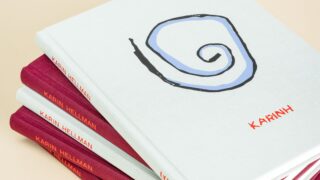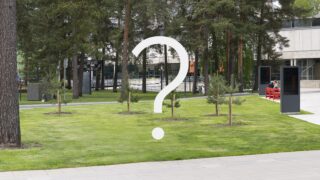Espoo Museum of Modern Art
Tapio Wirkkala’s iconic design legacy showcased in Japan for the first time on the artist’s 110th anniversary
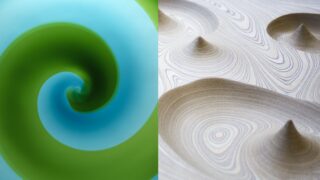

The Sculptor of Ultima Thule presents the work of Tapio Wirkkala – master of form and material – to a Japanese audience for the very first time. Opening on Saturday, 5 April 2025, at Tokyo Station Gallery, this retrospective marks the 110th anniversary of the renowned artist with a comprehensive presentation of 300 works. The exhibition will tour multiple venues in Japan throughout 2025–2026.
Tapio Wirkkala (1915–1985) is one of the most influential figures in Finnish art and design history. His unique design philosophy and life’s work can soon be explored in Japan through The Sculptor of Ultima Thule. Featuring approximately 300 works alongside extensive archival material, the exhibition offers an in-depth look at the visionary and multifaceted artist, whose timeless creations continue to captivate new design enthusiasts. The exhibition is a collaboration between EMMA – Espoo Museum of Modern Art, the Tapio Wirkkala Rut Bryk Foundation, and the Japanese company Blue Sheep.
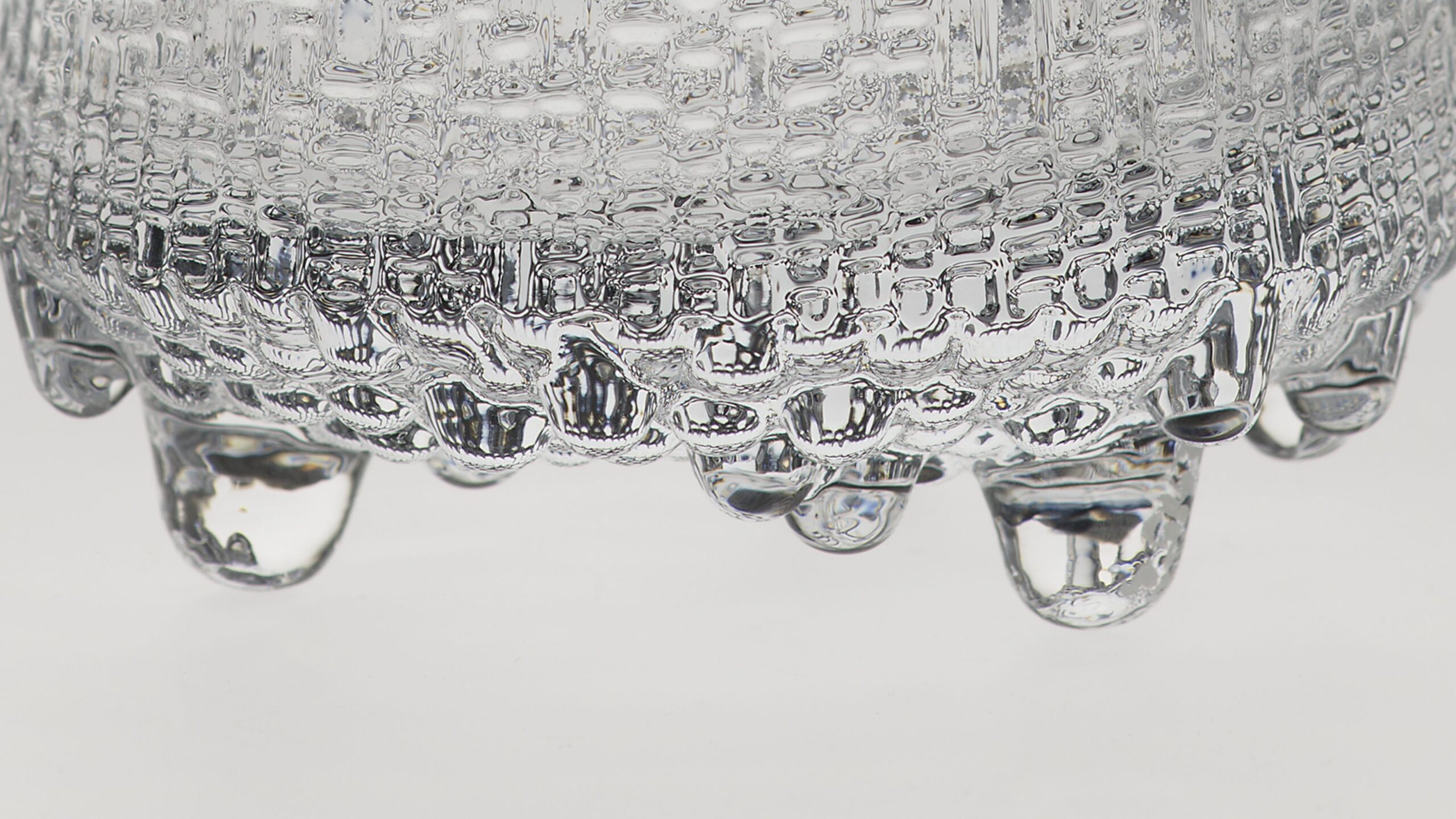
The exhibition’s title, The Sculptor of Ultima Thule, references Wirkkala’s 1967 sculpture Ultima Thule and the iconic Iittala glassware line of the same name, first launched in 1968. “Ultima Thule” refers to a mythical northern land at the edge of the known world. The exhibition takes visitors on a journey into Wirkkala’s design thinking and the two landscapes that deeply influenced his artistic vision: the raw beauty of the northern wilderness and the mesmerising colours of Venice. The collection includes everyday objects and art pieces created for Iittala, Kultakeskus, Venini, and Rosenthal, as well as rarely displayed plywood sculptures.
While Wirkkala is particularly renowned for his work with glass, his artistic practice spanned a diverse range of materials. His extraordinary ability to combine artistic expression with practicality, as well as traditional crafts with modern design, established him as one of the most versatile designers in Finnish history. His bold and innovative approach played a crucial role in the international breakthrough of Finnish design in the 1950s.
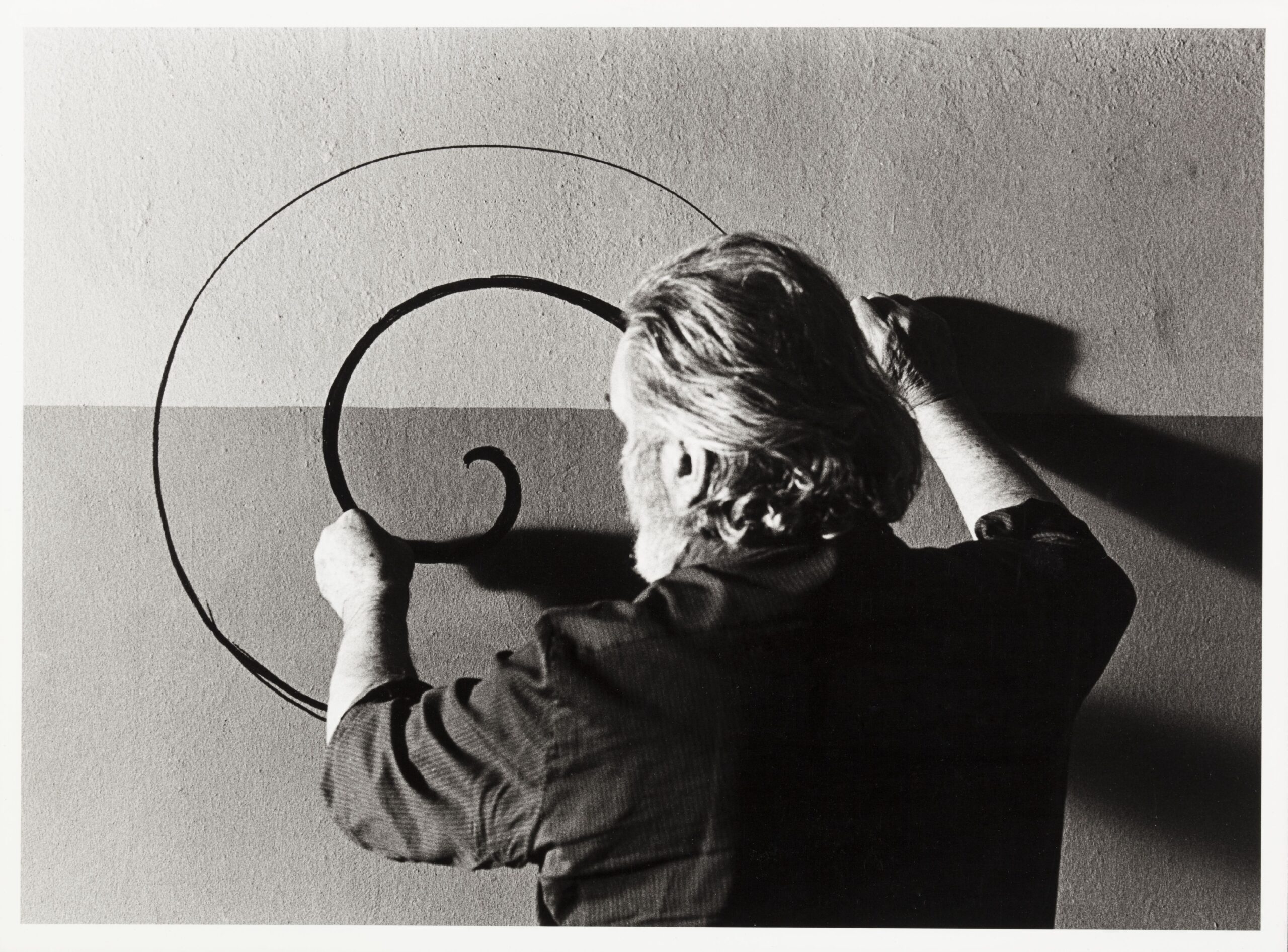
“Making things with my hands means a lot to me. I could even say that the act of sculpting or moulding natural materials has a therapeutic effect on me. They inspire me and invite me to new experiments… They transport me to another world – a world where, even when vision fails, the eyes of the fingertips can sense the movement and the constant transformation of geometric shapes.” – Tapio Wirkkala, 1979
The exhibition is largely drawn from the Tapio Wirkkala Rut Bryk Foundation Collection, the most extensive archive of works by Wirkkala and his partner, ceramic artist Rut Bryk. The foundation’s collection, based on the couple’s personal archives, is permanently housed at EMMA in the Bryk & Wirkkala Visible Storage exhibition and archive space. Additionally, the exhibition features a wide selection of glass and silver works from Collection Kakkonen, the leading Finnish collection of modern glass and ceramics, founded by businessman Kyösti Kakkonen.
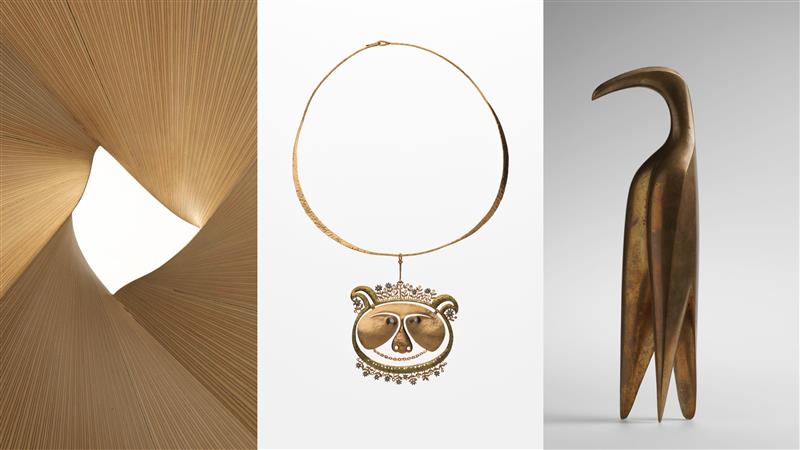
“Hundreds of thousands of museum visitors have admired Tapio Wirkkala’s incredibly diverse body of work at EMMA. We are proud to now bring it to Japanese audiences in collaboration with our esteemed partners,” says EMMA’s Museum Director, Pilvi Kalhama.
The Sculptor of Ultima Thule is a co-production of EMMA, the Tapio Wirkkala Rut Bryk Foundation, and Japanese collaborators. The works have been prepared at EMMA for this touring exhibition. Following its debut at Tokyo Station Gallery (5 April – 15 June 2025), the exhibition will travel to Itami City Museum of Art, History and Culture (1 August – 13 October 2025) and the Museum of Modern Ceramic Art in Gifu (25 October 2025 – 12 January 2026). An EMMA-produced video featuring Wirkkala’s seminal Ultima Thule relief (1967) will also travel with the exhibition. Additionally, a striking installation comprising nearly 400 Ultima Thule glass pieces has been specially created for the touring exhibition in collaboration with Iittala. To accompany the exhibition, two Japanese-language publications have been produced.
